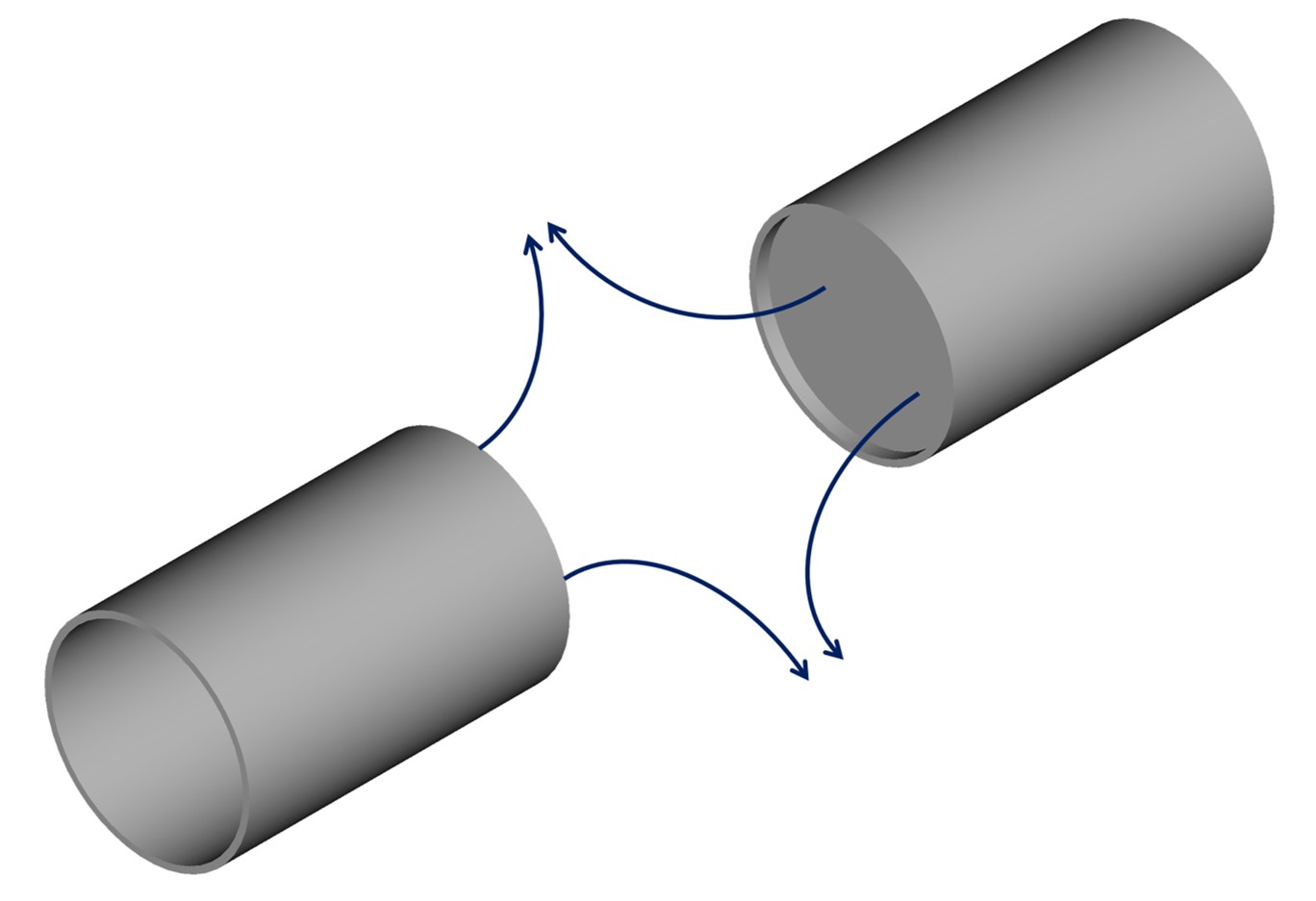HOME > Researches List > Space experiment for combustion limit
Researches
Space experiment for combustion limit
With the background of global warming and air pollution, (fuel) lean combustion technology has been attaining attention. Lean combustion is the combustion with fewer amounts of fuel than those used in general combustors, and is expected to improve the efficiency of combustors and reduce the amount of CO2 emission. With the decrease of fuel amount, however, the combustion can be unstable and sometimes stop suddenly (extinguish), which may cause the crucial damage to combustors. In order to make the lean combustion beneficial, it is essential to understand completely how the flame under lean condition behaves, and what should cause the flame extinction.
For the purpose described above, we are trying to develop a comprehensive theory for combustion limit and near-limit flame behaviors with counterflow flame which has been widely used for the investigation of combustion limit. Under normal gravity on the earth, the flame behaviors are strongly affected by the buoyancy of burned gas, and thus the microgravity environment should be needed for the investigation of flame behaviors under extreme conditions. We have conducted the experiments in a drop tower and with the parabolic flights of airplanes for the microgravity environment and various types of flame behaviors have been discovered. Numerical simulations have also been conducted and the stabilization mechanisms of such peculiar flames have been uncovered. In addition, this research topic has been selected as the project of Japanese Experiment Module “Kibo” in the International Space Station and the space experiment will be launched in the future. We keep on seeking the comprehensive theory for the lean combustion.
Flame dynamics observed in experiments and computations

Schematic of counterflow field
Related references
-
101.
Tomoya Okuno, Takaki Akiba, Hisashi Nakamura , Roman Fursenko , Sergey Minaev , Takuya Tezuka , Susumu Hasegawa, Masao Kikuchi, Kaoru Maruta, Broken C-shaped extinction curve and near-limit flame behaviors of low Lewis number counterflow flames under microgravity, Combustion and Flame, Vol. 194, 343-351 (2018). doi:10.1016/j.combustflame.2018.05.014
-
96.
Roman Fursenko, Sergey Minaev, Sergey Mokrin, Kaoru Maruta, Diffusive-thermal instability of stretched low-Lewis-number flames of slot-jet counterflow burners, Proceedings of the Combustion Institute, Vol.36, Issue 1:1613-1620 (2017). doi:10.1016/j.proci.2016.06.121
-
95.
Tomoya Okuno, Hisashi Nakamura, Takuya Tezuka, Susumu Hasegawa, Koichi Takase, Masato Katsuta, Masao Kikuchi, Kaoru Maruta, Study on the combustion limit, near-limit extinction boundary, and flames regimes of low-Lewis-number CH4/O2/CO2 counterflow flames under microgravity, Combustion and Flame, Vol.172, 13-19 (2016). doi:10.1016/j.combustflame.2016.07.001
-
87.
Roman Fursenko, Sergey Minaev, Hisashi Nakamura, Takuya Tezuka, Susumu Hasegawa, Tomoya Kobayashi, Koichi Takase, Masato Katsuta, Masao Kikuchi, Kaoru Maruta, Near-lean limit combustion regimes of low-Lewis-number stretched premixed flames, Combustion and Flame, Vol.162, Issue 5:1712-1718 (2015). doi:10.1016/j.combustflame.2014.11.032
-
80.
Koichi Takase, Xing Li, Hisashi Nakamura, Takuya Tezuka, Susumu Hasegawa, Masato Katsuta, Masao Kikuchi, Kaoru Maruta, Extinction characteristics of CH4/O2/Xe radiative counterflow planar premixed flames and their transition to ball-like flames, Combustion and Flame, Vol.160, Issue 7:1235-1241 (2013). doi:10.1016/j.combustflame.2013.02.006
-
79.
Roman Fursenko, Sergey Minaev, Hisashi Nakamura, Takuya Tezuka, Susumu Hasegawa, Koichi Takase, Xing Li, Masato Katsuta, Masao Kikuchi, Kaoru Maruta, Cellular and sporadic flame regimes of low-Lewis-number stretched remixed flames, Proceedings of the Combustion Institute, Vol.34, Issue 1:981-988 (2013). doi:10.1016/j.proci.2012.08.014
